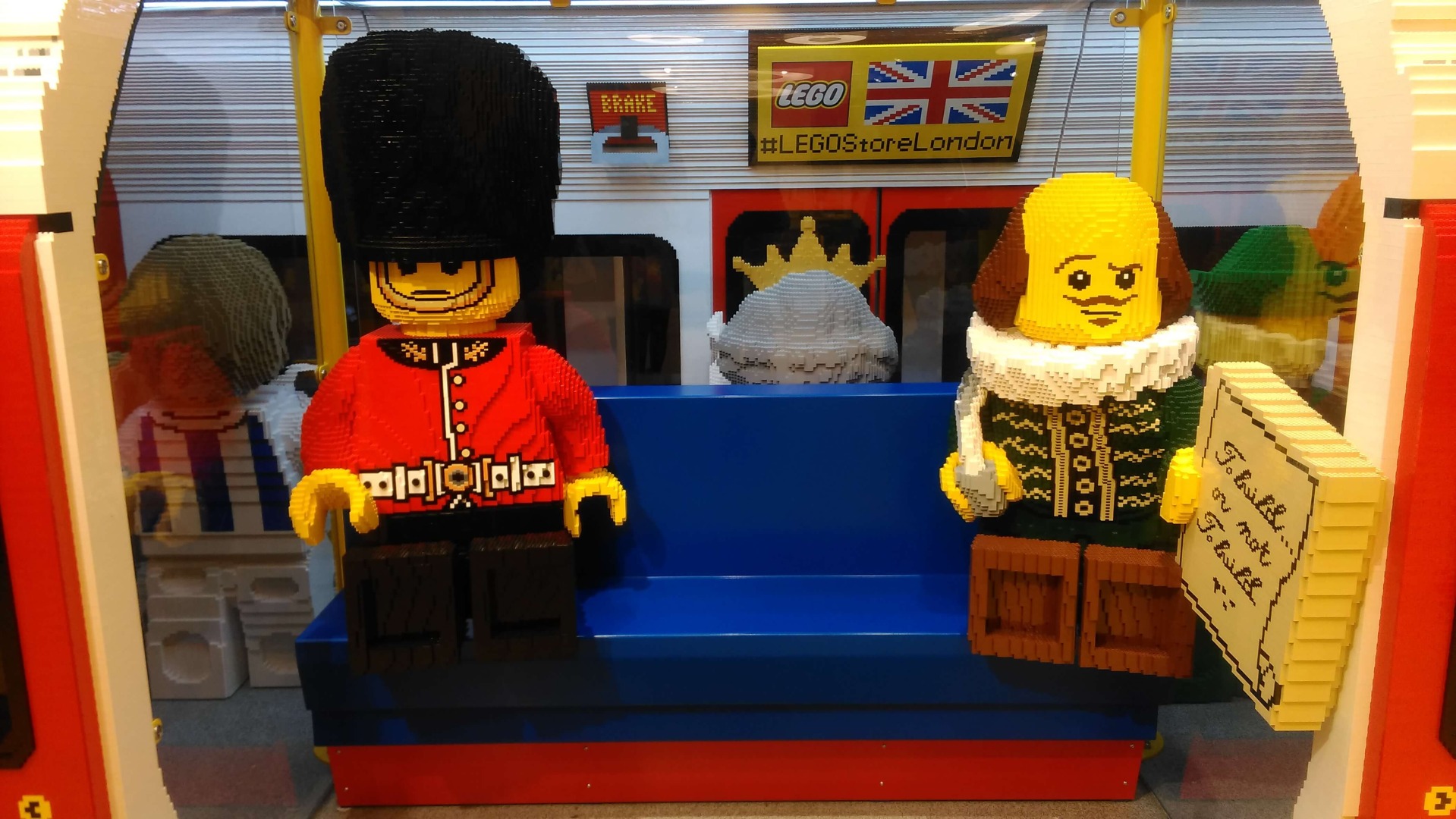Comments
- No comments found

Lego is now revered as one of the most innovative and successful companies in the world.
But in 2003 the company was $800m in debt and on the verge of bankruptcy. The turn around in its fortunes has been spectacular. It is currently rated the number one toy company in the world and the world’s most powerful brand. There are many books and studies describing the company’s approach. Here we try to compress all the myriad comments and analyses into a few transferable lessons.
1. They appointed a new CEO. Jorgen Vig Knudstorp joined in 2001 and was promoted to CEO three years later at the age of 36. The father of four told his colleagues, “We are on a burning platform. We’re running out of cash… and likely won’t survive.” He created a sense of urgency to undertake the changes ahead.
2. Lego focused on its core business first. Knudstorp sold all the peripheral activities including many overseas properties and the Legoland parks which are now owned by Merlin Entertainments.
3. They streamlined operations and cut costs. Manufacturing operations were outsourced to Mexico and the Czech Republic and headcount in Denmark was reduced by over 4000. Inventory was reduced and the number of individual parts was halved from 13000 to 6500.
4. They asked customers to help design new products. In one of the first and most successful crowd-sourcing operations Lego asked fans and enthusiasts to suggest and vote on ideas for new models. Contributors of winning proposals on the Lego Ideas Portal were rewarded with 1% of the product’s sales revenues.
5. Rapid prototyping. Lego was an early adopter of a concept which is now all the rage in innovation circles – the minimum viable product. David Gram, Head of Marketing at Lego’s Future Lab, said, “We only develop the few key features that are really needed. A typical engineering mistake is wanting to invent all the things the product might consist of in one go. We throw it into the market and get feedback from consumers.”
6. Study the user in action. As recently as 2011 90% of Lego’s users were boys. Lego commissioned detailed ethnographic studies to determine why this was. They examined differences between how boys and girls play. In 2012 Lego launched ‘Lego Friends’ with a more realistic ‘mini-doll’. Sales to girls tripled.
7. Collaborate to innovate. In a brilliant stroke of marketing Lego licensed Star Wars characters and vehicles. It was a marriage made in heaven for the toy company and spawned video games and short movies which became wildly popular.
8. Innovative use of Video. Lego invested heavily in high quality movies. In 2014 the Lego Movie was awarded a 96% approval rating on Rotten Tomatoes. The Lego Batman movie grossed more at the box office than the last regular Batman movie. Each movie generated large follow-on sales of models.
9. Galvanize the culture. Knudstorp revolutionized corporate culture. Previously the company was focused on producing very high quality old-fashioned toy products with long development cycles. He transformed the culture into a creative, agile and rapid hothouse of innovation.
Paul is a professional keynote conference speaker and expert facilitator on innovation and lateral thinking. He helps companies improve idea generation and creative leadership. His workshops transform innovation leadership skills and generate great ideas for business issues. His recent clients include Airbus, Microsoft, Unilever, Nike, Novartis and Swarovski. He has published 30 books on lateral thinking puzzles, innovation, leadership and problem solving (with over 2 million copies sold). He also acts as link presenter at conferences and facilitator at high level meetings such as a corporate advisory board. He has acted as host or MC at Awards Dinners. Previously, he was CEO of Monactive, VP International of MathSoft and UK MD of Ashton-Tate. He recently launched a series of podcast interviews entitled Insights from Successful People.
Leave your comments
Post comment as a guest